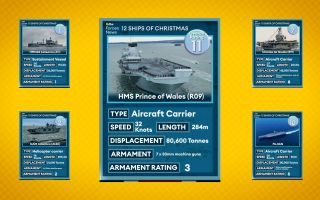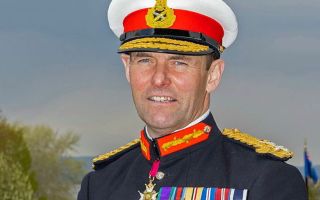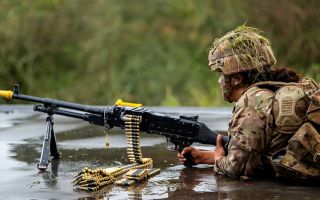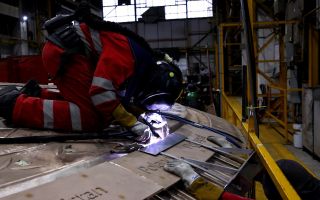The historic lasting power of military balloons
Militaries have used balloons as their 'eyes in the sky' since the 18th Century.
When it comes to surveillance, balloons have created a niche for themselves as a permanent part of the military.
The French, Americans and Brits all tried out the balloon platform in conflicts from the 17th to the 19th hundreds, but it took a larger conflict for the concept to really take off.
The balloons used for reconnaissance and observation peaked in the First World War.
Intelligence expert, Professor John Blaxland explained that in World War One, "balloons are used by the Germans for bombing raids, the zeppelins on London, and for observation and artillery target designation along the western front".
He added: "They are quite instrumental, tethered of course to the ground, communicating to the ground, and passing on critical information, time-sensitive information about what they are seeing."
Throughout this, they are "protected by anti-aircraft artillery from fighters who will look to try and destroy them", Professor Blaxland added.
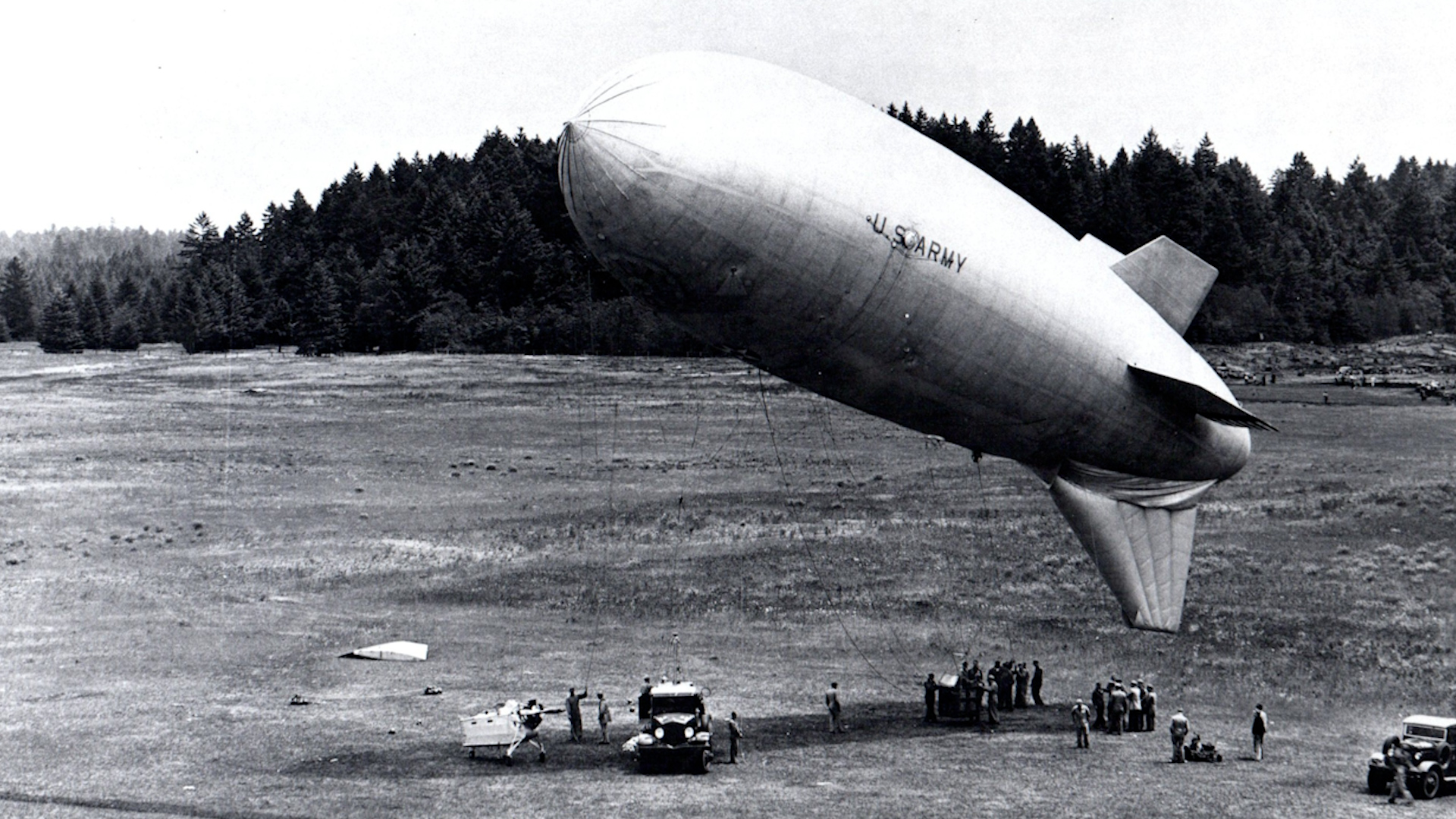
Second World War
Professor Blaxland highlighted that balloons "go out of vogue a little bit" during the inter-war period as a method of observation, a major factor being the Hindenburg disaster in the 1930s when a German airship exploded into flames in the US, killing 35 passengers and one member of the ground crew.
In the Second World War, "balloons are used to protect, as an anti-aircraft tool, to cut V1 bomber wings to deflect aircraft and air-delivered weapons".
During this time, the balloons were not used so much for intelligence purposes, however, Professor Blaxland noted that "the Japanese did develop a balloon bomb effectively, which was designed to be released from Japan and catch the prevailing trade winds and take the balloons across to Canada and the United States."
He added: "There were hundreds of them that were deployed, they would land, they would detonate and they would set off a bomb that would ignite a major flame.
"They were a nuisance but they weren't really all that effective."
Professor Blaxland said: "With the Second World War and thereafter we see aircraft kind of supplanting balloons for surveillance and reconnaissance and intelligence purposes."
Toward the end of the war, balloons became targets of German high-altitude bombers and therefore less effective.
Aircraft could offer "stereoscopic vision photographs taken in quick succession" by flying over a target.
Niche intelligence-gathering role
Post-Second World War, tethered balloons took on their own, niche intelligence-gathering role to protect forward operating bases.
There was a "greater emphasis" on satellites occurring in the early 1960s.
Professor Blaxland explains that "this is for imagery, photographing, listening with signals intelligence, across the radio frequency spectrum."
However, balloons' niche intelligence-gathering role would mean they would continue to be utilised.
"In the Vietnam war for instance, where you have major bases established where they are fairly static, we see the emergence of balloons, tethered balloons, basically listening out for enemy communications and enemy activity in the area," he added.
This would then be "taken to a whole new level" during the conflict in Afghanistan, the intelligence expert says.
"Coalition forces would have these tethered balloons that could use visual and radio frequency monitoring of the domain, in and around the FOB, as a force protection measure and as a way of complementing the surveillance, reconnaissance and intelligence picture they were able to collect."
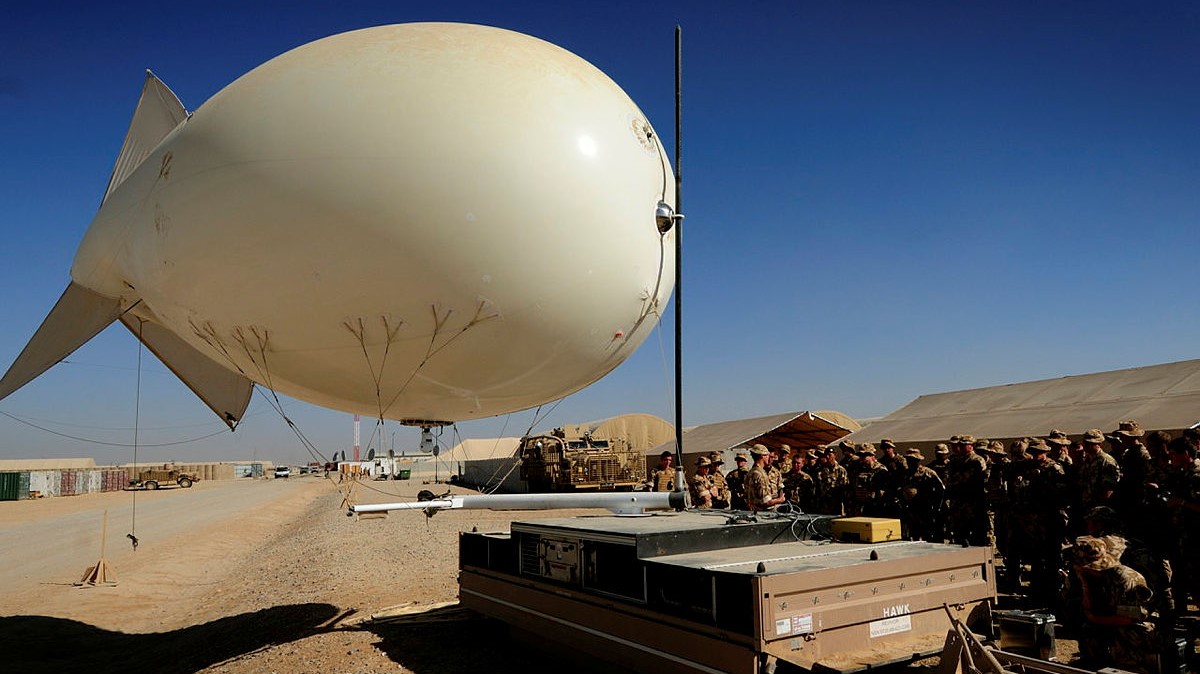
More recently, balloons are relatively low-tech compared to alternatives.
Offering the opportunity to achieve lofty surveillance ambitions on the cheap, with some experts believing state actors could turn to greater use of the balloon, once more.
Notably this month a US fighter jet was instructed to shoot down a suspected Chinese spy balloon that a US defence official said was intended to monitor sensitive military sites across the country.




